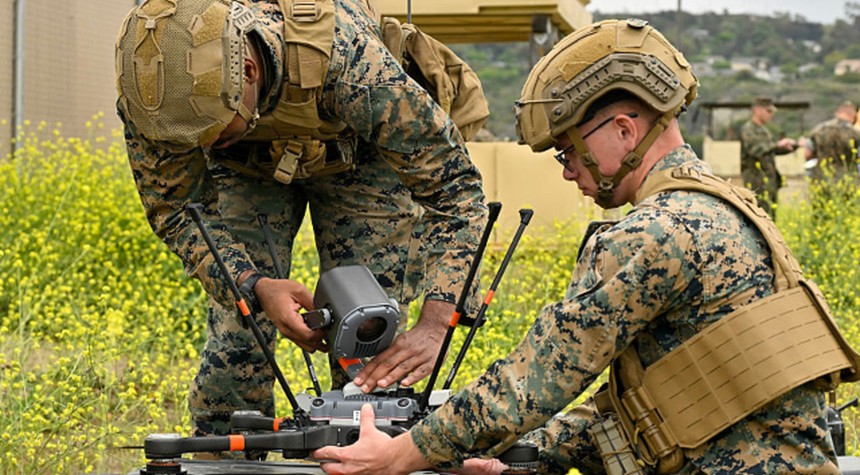Courage is not the absence of fear, but rather the judgment that something else is more important than fear. And right now, what is more important is addressing a threat that flies overhead, often unseen, and increasingly in the hands of our adversaries.
This week, the United States Special Operations Command will conduct what organizers are calling the largest counter-drone destruction event ever held on American soil. Five hundred confiscated Chinese quadcopter drones will meet their end at Camp Blanding in Tampa, Florida, as elite military forces train for a new kind of warfare that is already upon us.
The “Military Drone Crucible,” scheduled for December 4th through 6th, represents a necessary reckoning with reality. According to Nate Ecelbarger, President of the United States National Drone Association, this training event acknowledges what military strategists have known for some time: the drone has fundamentally changed modern combat, and America must adapt or fall behind.
The state of Florida provided these drones, devices that were seized and now will serve a final purpose in teaching our warriors how to defend against them. It is a fitting end for technology that represents both innovation and threat, depending on whose hands control it.
President Trump’s administration has moved aggressively to cut regulatory obstacles that have hampered domestic drone production. The drone race with Russia and China is real, and the stakes are considerable. While bureaucratic red tape once slowed American innovation, the current approach prioritizes speed and capability in a field where our competitors have gained ground.
The timing of this training carries particular significance. During the final months of the previous administration, numerous drone sightings along the East Coast were met with dismissive explanations. Officials suggested Americans were simply mistaking helicopters or airplanes for drones, a response that satisfied few and raised questions about whether leadership fully grasped the scope of the challenge.
Even then, national security officials acknowledged gaps in government authority to address mysterious drones and unidentified flying objects. Recommendations for Congressional action were made, though the sense of urgency seemed lacking.
The threat is not theoretical. Mexican cartels have increasingly deployed drones to monitor Border Patrol activities, replacing human scouts with flying surveillance platforms. These devices range from inexpensive consumer models to sophisticated systems barely fitting in pickup truck beds. The larger variants can carry heavier payloads, increasing their potential lethality.
Mexican authorities regularly seize these drones, but interdiction efforts have proven largely unsuccessful. Whether the United States possesses adequate technology to counter cartel drones, or plans to assist Mexico in this fight, remains unclear.
What is clear is that the nature of threats has evolved faster than our response systems. Drones offer adversaries asymmetric advantages: surveillance without risk, delivery without detection, and attack without warning. They are cheap, accessible, and increasingly sophisticated.
This training event in Florida represents more than target practice. It signals recognition that the future of conflict will include swarms of small, agile threats that traditional defense systems were never designed to address. Our special operations forces, among the most capable warriors in the world, are adapting to this reality.
The question facing policymakers is whether the rest of our defense infrastructure will adapt with similar speed and seriousness. The drone age has arrived, whether we were ready or not.
Related: Fetterman Breaks Ranks to Defend Democratic Lawmakers After Trump Sedition Accusations


